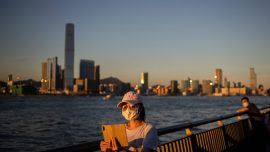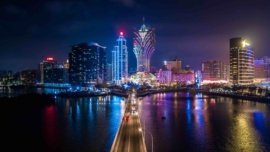Last week, the Administration published the Tourism Industry Development Master Plan. The document concludes two years of ‘studies and formulation,’ and constitutes the blueprint of tourism development for the coming 15 years. We presume that means until 2030, as the exercise started in 2015, but the presentation notes do not clarify the end target date.
The objective, as underlined in the document, is transforming Macau into a World Centre of Tourism and Leisure, as determined by the 12th five-year plan of China (2011-15). We must presume the authorities were involved in its formulation process and were aware of the aim beforehand. As an expression of both diligence and urgency, a Master Plan coming out in late 2017 is not impressive.
This type of literature is seldom very inspiring – it is not by chance that it is part of the so-called ‘gray literature.’ But both for what it says and what it omits, it has its uses and, occasionally, relevance. If we manage to overcome the less than vivid language and the frequent technical affectation that characterises many of these reports we may find useful indications for the economic and social agents whose lives will be affected by government policies, and practical guidelines for the public administration itself.
Let us then approach the summary report first, and leave the full document analysis for a later moment. The press release (and introduction to the webpage with download links for both the full document and its summary report) is full of promise. The first sentence of the report proper, not so much: it reeks of cliché and doubtful syntax. It states [comments between brackets]:
‘Since its early days as a trading port and historical gateway between China and Europe [meaning the 16th century, presumably], Macau’s tourism industry has been developed for over a century [time inconsistency aside, it likely means gambling, tout court] and is now one of the city’s pillar industries [the pillar, we might say].
‘The unique blend of Chinese and Portuguese cultures [certainly reflected in the design and experiential contents of the most remarkable instances of the ‘pillar’] has drawn visitors and businesspeople from all over the world. With the opening up of the travel trade [meaning the opening of China’s borders?], improvements in infrastructure [mixed outcomes] and steady economic growth, the tourism industry in Macau has been growing [causation reversed, it appears] exponentially [another cliché we could not miss].”
Not a great start.























